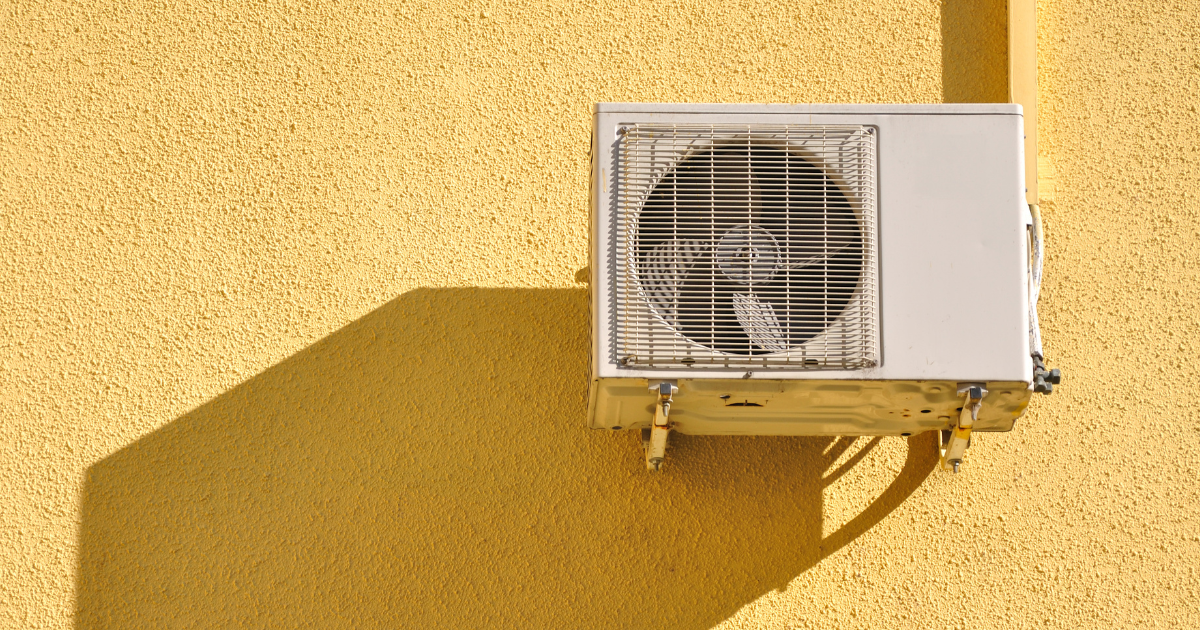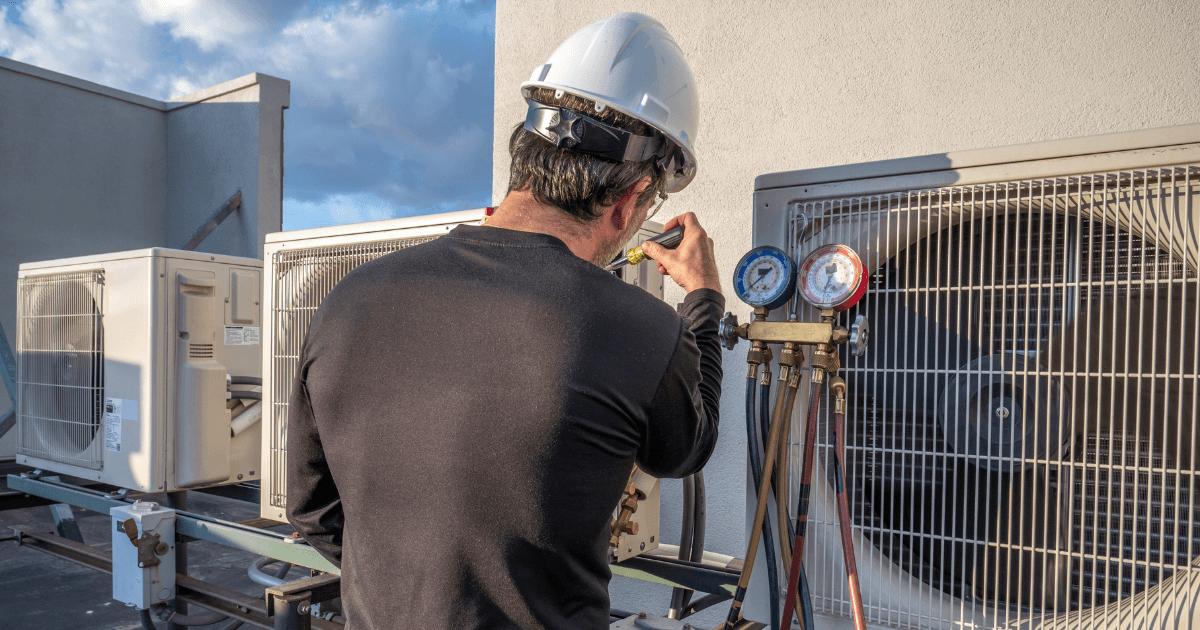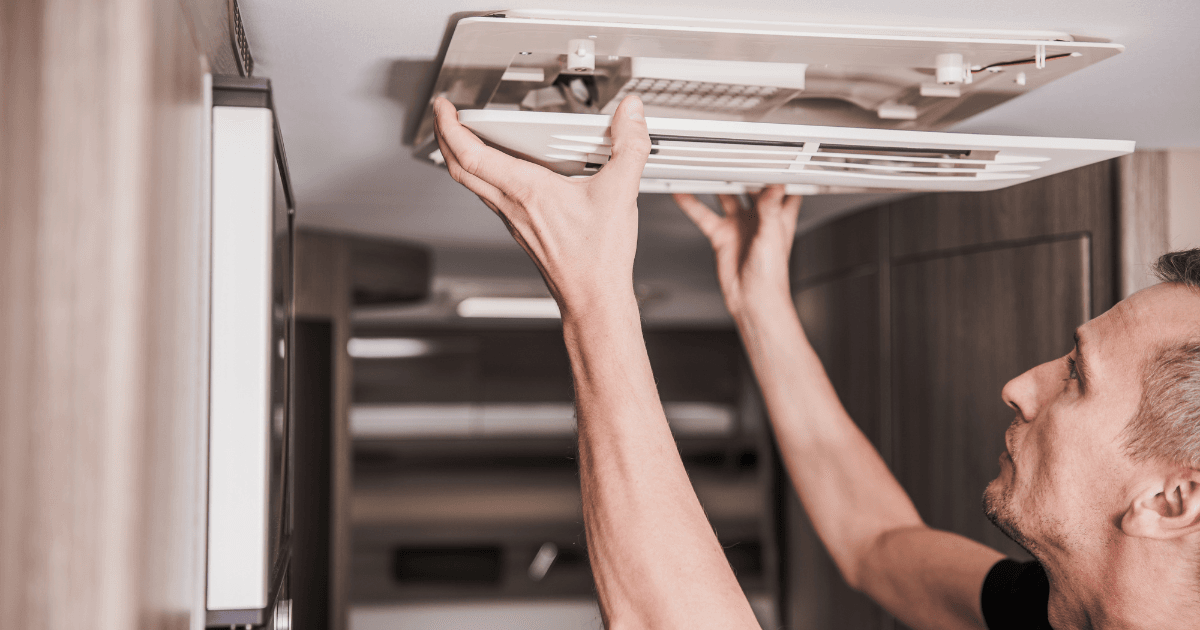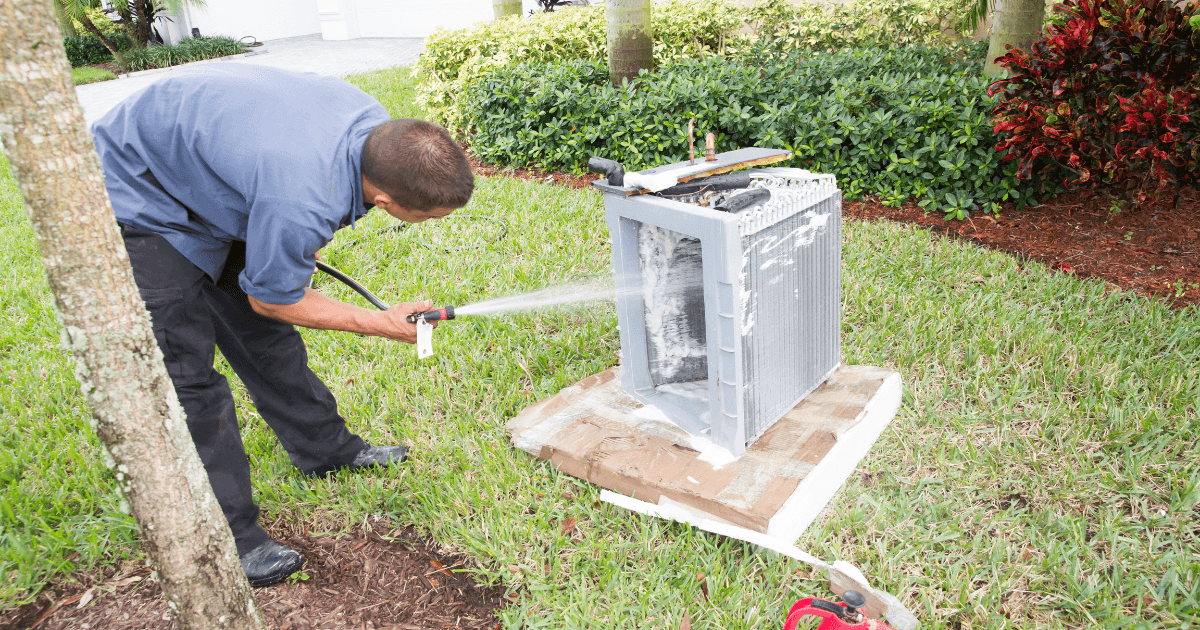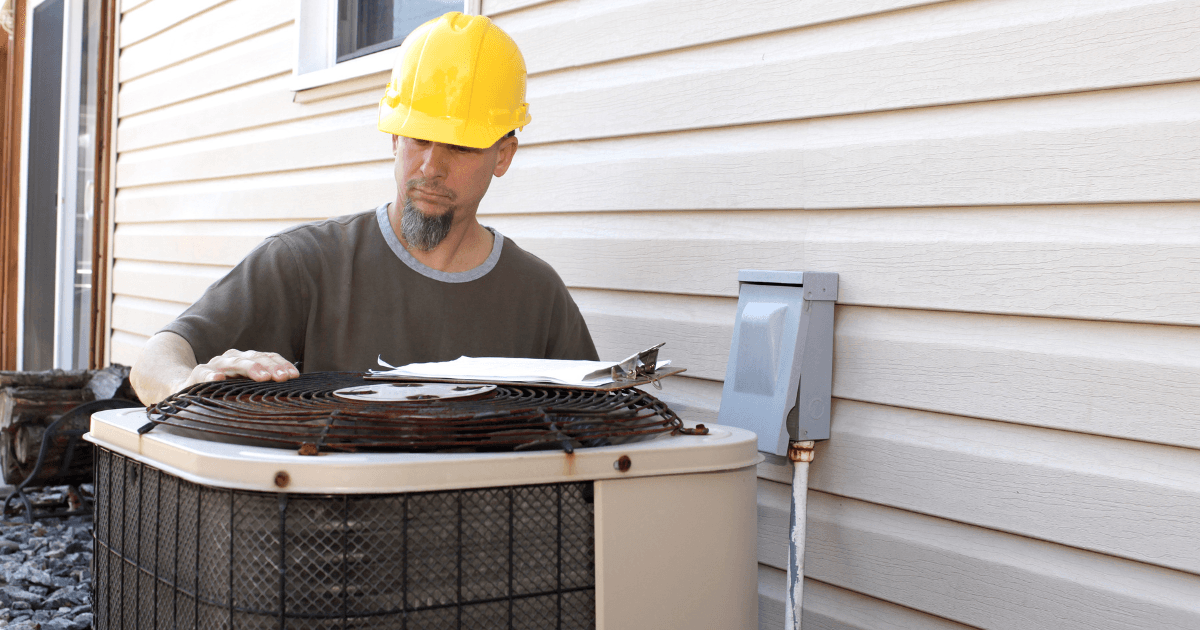Air conditioners are complex systems designed to provide comfort by regulating temperature and humidity within our homes. But like all machines, they can experience issues—one of the most common being a full or overflowing drain pan. While this may seem like a minor issue, it’s often a symptom of underlying problems that, if left unchecked, can lead to costly repairs, inefficiencies, and even damage to your home.
By understanding the core functions of an air conditioning system, we can deconstruct why a drain pan may fill with water, what fundamental mechanisms are failing, and how to address and prevent the problem.
1. Condensate Drain Line Clog: The Physics of Water Removal in AC Systems
At the most fundamental level, an air conditioner works by pulling heat and moisture out of the air inside your home. The evaporator coil is responsible for cooling the air, and during this process, it also removes humidity. This moisture collects and is directed into a condensate drain pan. From there, it flows through the condensate drain line and is expelled outside.
The flow of water through the drain line relies on two core factors: gravity and an unobstructed path. If either of these is compromised, water will back up into the drain pan.
When the condensate drain line becomes clogged with debris, dirt, or even algae (a common issue in humid climates), the system’s ability to expel water is hindered. Water then accumulates in the pan. Over time, if not addressed, the pan can overflow, leading to water damage around your HVAC system or in your home.
Key Indicators of a Clogged Drain Line:
- Visible water accumulation in the drain pan.
- A damp or musty smell near your HVAC system.
- Higher-than-usual humidity levels in your home.
Deconstructing the Clog: At its core, a clogged drain line is a basic issue of blocked flow. Whether the clog is caused by dust, algae growth, or physical obstructions, the result is the same: water backing up. When thinking from first principles, the solution is clear—restore the flow. This can often be done by clearing the line with tools like a wet/dry vacuum or a plumber’s snake. If left untreated, though, the stagnant water can lead to mold growth, affecting indoor air quality and overall system efficiency.
2. Frozen Evaporator Coils: A Deeper Problem With Heat Exchange
The evaporator coil plays a critical role in cooling your home by absorbing heat and removing moisture from the air. However, when there is insufficient airflow across the coil—often due to a dirty air filter or low refrigerant levels—the coil can become too cold and freeze. Once the unit is turned off or the air conditioner cycles down, the frozen coil will begin to melt, resulting in excess water draining into the pan.
Heat transfer is the primary function of the evaporator coil. For efficient heat transfer to occur, there must be adequate airflow across the coil. When airflow is restricted or refrigerant levels are too low, the system cannot properly balance the temperature of the coil, causing it to freeze.
Common Causes of Frozen Evaporator Coils:
- Dirty Air Filters: Restricted airflow due to dirty or clogged filters prevents warm air from reaching the evaporator coil, leading to freezing.
- Low Refrigerant Levels: The refrigerant absorbs heat, and if it’s too low, the coil can become too cold and freeze over.
- Fan or Blower Issues: If the system’s fan isn’t working properly, airflow over the evaporator coil decreases, causing freezing.
The Physics Behind It: An air conditioner is a finely tuned heat exchanger. When the evaporator coil becomes too cold, it stops absorbing heat effectively, and the system’s balance is lost. The excess moisture from thawing leads to overflowing drain pans because the volume of water produced is far more than the pan was designed to handle.
To resolve this, homeowners should:
- Replace air filters regularly to ensure proper airflow.
- Check for refrigerant leaks or other mechanical issues by consulting a licensed HVAC technician.
- Thaw the frozen coil by turning off the system and allowing it to defrost naturally.
3. Damaged or Rusted Drain Pan: Structural Degradation and Overflow Risks
The drain pan in an air conditioning system is designed to collect condensate and funnel it toward the drain line. However, if the pan is cracked, rusted, or otherwise damaged, it may not hold water effectively, leading to leaks around the unit or even pooling inside the HVAC system enclosure.
The drain pan is a simple container, its function entirely based on the physics of containment and gravity. If the pan fails to contain water due to physical damage or corrosion, the system can’t properly manage the condensation, and water will spill over into areas it shouldn’t.
Causes of Drain Pan Damage:
- Age and Wear: Over time, metal drain pans can rust, and plastic pans can crack due to repeated thermal expansion and contraction.
- Improper Installation: In some cases, a poorly installed drain pan may not be level, causing water to collect and overflow rather than drain properly.
The failure of a drain pan is a structural issue, and it often requires replacement to prevent future leaks. If ignored, this can lead to water damage in your home or mold growth within the HVAC system.
Maintenance and Prevention: The Fundamentals of Longevity
At its core, the issue of a full AC drain pan comes down to a lack of proper maintenance and awareness. Regularly cleaning air filters, inspecting the drain line, and ensuring proper refrigerant levels all contribute to the efficient operation of your system. These practices prevent minor issues from escalating into major problems.
The maintenance of an air conditioning system is based on keeping its essential functions—heat exchange and moisture removal—working efficiently. When airflow is unrestricted, water flows freely, and refrigerant levels are stable, the system runs smoothly. Regular inspections of the system’s components help maintain these fundamental operations and prevent failures.
When to Call a Professional: Diagnosing Complex Issues
While some problems, like a clogged drain line, may be resolved with DIY solutions, more complex issues, such as low refrigerant levels or a malfunctioning fan, require professional attention. Air conditioning systems are intricate, and if multiple components are failing, it’s best to get expert help to prevent further damage or inefficiencies.
HVAC systems rely on balance. When a single part of the system malfunctions, it can have a ripple effect on other components. For instance, if the evaporator coil freezes due to a lack of refrigerant, the compressor will be forced to work harder, leading to wear and tear.
Rethinking AC Maintenance From the Ground Up
Air conditioning systems are complex machines, but by understanding the basic principles of heat exchange, airflow, and water removal, homeowners can diagnose and even prevent many common issues. Whether it’s a clogged drain line, frozen coils, or a damaged pan, each problem can be traced back to a fundamental failure in the system’s design or maintenance.
By regularly checking the critical components of your HVAC system, you can avoid costly repairs and ensure that your home remains cool and comfortable. However, when the problem extends beyond a simple clog or filter replacement, professional intervention is often necessary to restore the system’s balance.
This approach to maintaining and understanding your AC system, rooted in first principles, allows you to not only address problems as they arise but also to anticipate and prevent future issues, ensuring long-term efficiency and peace of mind.

